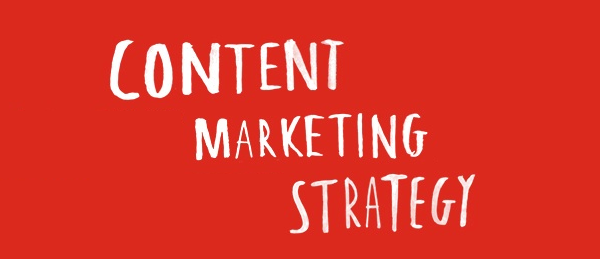

Marketing tactics often are devised as individual ideas. You want to promote a new book, so you create a website that provides information about the book. The author wants to get his or her name out there, so he or she creates a Twitter account or Facebook page. Taken individually, these are good ideas to move the needle.
But there’s something missing. And that something is strategy.
Creating a website to promote a book is a great idea – as long as, and only if, that website is part of a bigger plan for the book’s marketing. Think about it. The website does no good if people don’t know it’s out there, which means you need a strategy to market both the website and the book. Any other promotional tactics you might use would also have to fall into that overarching strategy.
Importance of Strategy
 An integrated content marketing strategy requires more than ideas that function in silos. It needs every part of the equation to move together in perfect harmony. Just as one hand washes the other, all of the moving parts of the integrated content marketing strategy must help each other.
An integrated content marketing strategy requires more than ideas that function in silos. It needs every part of the equation to move together in perfect harmony. Just as one hand washes the other, all of the moving parts of the integrated content marketing strategy must help each other.
If this is done, the entire unit will be far more successful than it would be if only individual ideas were implemented.
With an integrated content marketing strategy, all of your marketing moves will make sense because they’ll be one part of a larger machine. Because the blueprint has already been drawn, there’s no need for guesswork.
Every piece of content you deliver will have a purpose, and every piece will send viewers to another aspect of your campaign. The idea is to totally immerse the customer with such good content that they’ll be extra motivated to make a purchase.
Components of an Integrated Content Marketing Strategy
It all begins with content – specifically, your branded communication with the markets you serve. The content you distribute will do your marketing for you. As people share the pieces you create, they will become interested in checking out your company.
Several marketing channels are available to support your integrated content marketing strategy. The only rules are that all aspects of your communication campaign should be coordinated across the distribution channels you utilize, and it should be trackable and measurable.
Some of the most important channels for your integrated content marketing strategy are:
- Website: Your website is the hub of your business. It’s where sales are made and information is displayed. All arms of your strategy will point here. Read my post on the role of your website within your content strategy.
- Social Media: Social media will keep current customers engaged while simultaneously attracting new customers. Shareable content is crucial here. Read my post on the role of social media within your content strategy.
- Email Marketing: Email is your main form of communication with customers. It provides optimal trackability and does more to build a relationship than anything else. Read my post on the role of email within your content strategy.
- Mobile Apps: Apps offer a rich content-viewing experience, interactive advertising opportunities and real-time analytic insights along with new revenue opportunities for your organization. Read my post on the role of mobile publishing apps within your content strategy.
- Print: Content marketing is largely an online phenomenon, but print advertisements can still be useful as long as they link directly to the other aspects of the campaign. Read my post on the role of print within your content strategy.
Why it Works
It might seem like a lot of extra work to align so many different parts. But it’s not hard to see why an integrated content marketing strategy works. Every piece serves to feed another piece, with no gaps. In the end, customers are engaged and informed. They know, beyond a shadow of a doubt, that they’re making the right choice by supporting your company. Better yet, they’re likely to refer your organization to others, expanding your reach without sacrificing the quality of your marketing.
Planning and creating an integrated content marketing strategy may take some time, and it might not be flawless at first. But it’s the best way to operate in a world where it’s so important to be in multiple places at one time. Committing to this strategy will open up doors in the long term, while simultaneously bolstering sales in the short term.
